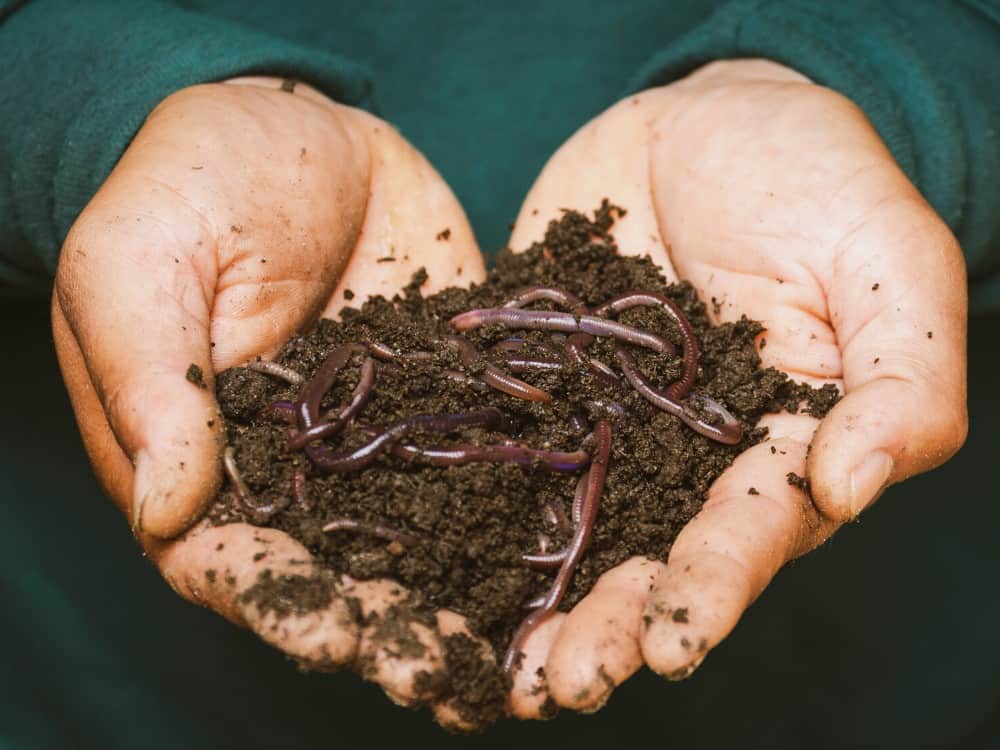
How To Make Worm Tea For Plants & The Planet
It’s no secret that composting is one of the BEST things we can do for our environment.
But what you might not know is that worms are nature’s greatest composting machines—largely because worms eat almost anything. They’re so good at it, there’s even a special word for composting with worms: vermicomposting.
But it’s not just what they intake that makes them a best friend to sustainable living advocates, but also what they output.
Vermicomposting produces a digestive excrement called castings that can be used to produce worm tea.
No, it’s not a replacement for your Earl Gray, but just like a good cuppa of sustainable tea can boost the immune system, worm tea boosts plant health and stimulates growth.
We’re about to put the “pee” in plant food as we worm our way into the dirty details of making worm tea.
The Full List Of Worm Tea Facts
- Why compost with worms?
- What is worm tea?
- Worm casting tea benefits
- How to make worm tea
- How to use worm tea
1. Why Compost With Worms?
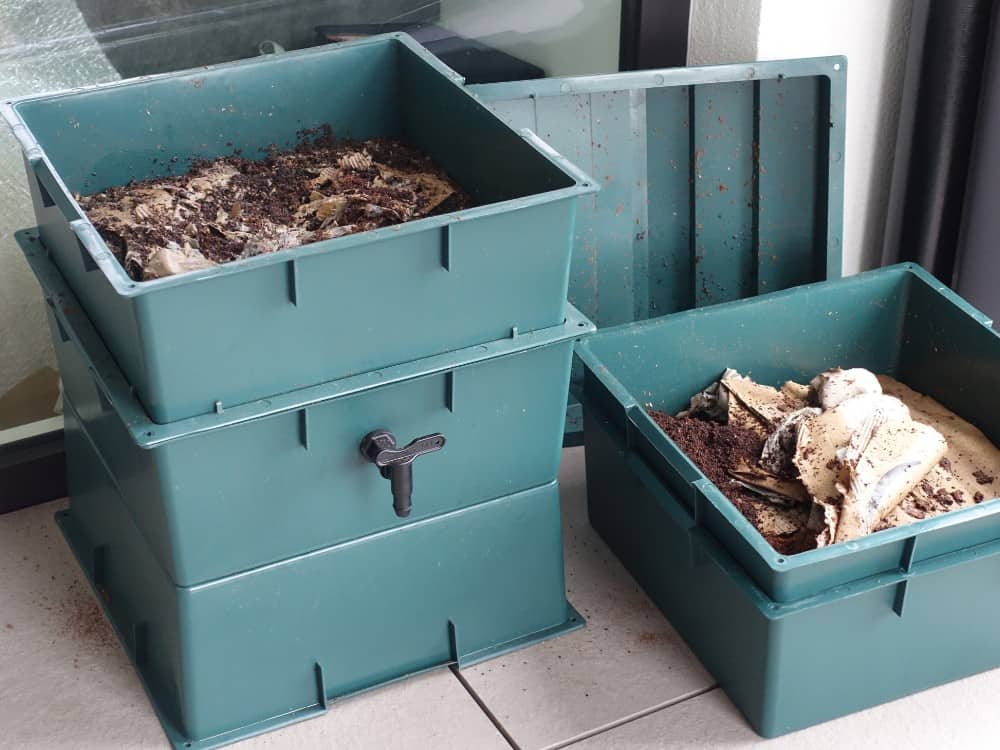
Worm is the word, but why is that?
Worms are certainly not nature’s only composting champions. Plenty of rodents and insects contribute to composting processes.
Blatticomposting, for instance, is composting with cockroaches. The downside is, well… cockroaches.
Worms are not only less creepy, but also far superior composters. If you dig into fertile soil, chances are you’ll run into some hard working wrigglers. That’s no coincidence, since worms are directly responsible for the health of the soil in which they live.
You can actually add worms directly to poor, depleted soil to improve its quality.
We love some good composting facts, so here are a few reasons why these guys are your best composting friends:
- As we mentioned, worms aren’t very picky eaters, which can greatly expand your list of what is compostable—with a few important things to remember you can’t compost with worms.
- Through tunneling, worms provide natural aeration and water paths to plant root systems, increasing water retention 50-75%.
- At the same time, they improve soil drainage, ensuring plant roots don’t stay too wet and rot. Soils with earthworms have been shown to drain 10x faster than those without.
- Like certain plants such as hemp, worms are natural bioremediators. This means they purify soil by consuming and absorbing heavy metals like copper, lead, and cadmium. When released, the excrement is metal free, meaning less will end up in our food.
- Most importantly, worms consume, digest, and excrete the equivalent of their body weight each day. If only human metabolism were so efficient! These excreted “castings” are rich in nitrogen, phosphates, and potash: all ingredients to healthy soil.
2. What Is Worm Tea?
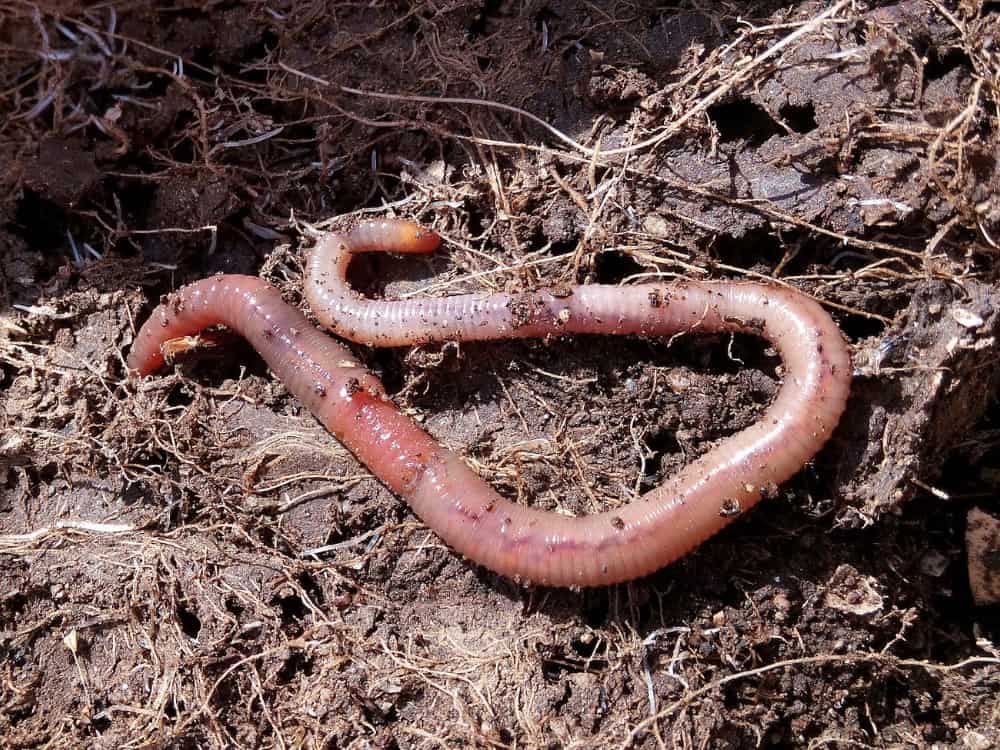
What’s all this got to do with tea, then?
Worm tea (AKA worm castings tea or worm compost tea), is the liquid result from soaking worm castings in water.
In case you haven’t guessed already, castings refer to worm waste (or pee and poop), the nutrient-rich material worms leave behind after gobbling up all the food scraps from your zero waste kitchen.
The “tea” comes from the fact that these castings are “steeped” or “strained”.
Just bear in mind, this isn’t to be confused with leachate, or the liquid drainage that settles below worm castings during vermicomposting.
This is an important distinction because leachate can be a potentially harmful fertilizer that includes bacteria, pathogens, and phytotoxins. Leachate can be used to fertilize some plants, but nothing you plan to eat.
When in doubt, remember leachate seeps while worm tea steeps.
3. Worm Casting Tea Benefits
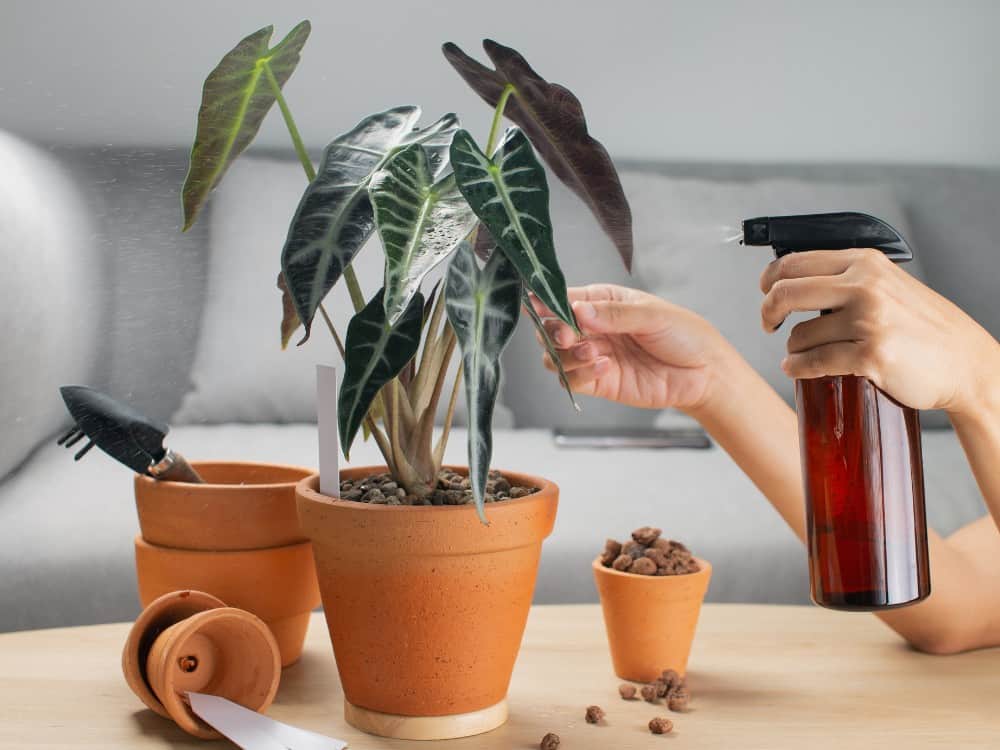
Worms may be wiggling wonders at dealing with waste—so why the interest in theirs? Why should we learn how to make tea from worm castings?
The benefits of worm tea for plants are two-fold.
Worm tea as a fertilizer
Worm tea is an extremely potent fertilizer with a rapid absorption rate (compared to time-release fertilization of castings alone).
University of Ohio’s Dr. Clive Edwards writes, “Microbial activity in worm castings is 10 to 20 times higher than in soil and organic matter that the worm ingests.”
This “microbial activity” refers to the powerful combination of enzymes and good symbiotic bacteria in worm digestive systems that carry over its castings, adding healthy bacteria, fungi, actinomycetes, and protozoa to soil.
Worm tea makes soil far richer than it could ever become on its own.
Worm castings have “two times more calcium, five times for nitrogen, and seven times more phosphorus and potassium” than regular soil, and unlike chemical fertilizers, worm tea will never burn plant roots, no matter how much is applied.
Being 100% organic, it can safely be used in organic farming to increase plant and soil health and crop yield.
Various studies have investigated the practical role of worm castings in agricultural production. Subsequent meta-analyses of such studies have confirmed worm castings and tea help increase crop production about 25% in both short and long term growing periods.
This stuff is literally the gummy berry juice for plants.
Worm compost tea as a natural pesticide
As they say (okay, just us), a casting a day keeps the insects away.
Worm tea is not only directly beneficial for the plants, but it’s also an extremely effective non-chemical pesticide that works on two levels:
First, it promotes a healthy plant immune system so it can produce more of the hormones insects find distasteful. This wards away a number of insects, including aphids, parasitic nematodes, and eelworms.
Second, when sprayed on leaves, the tea stimulates growth of a waxy layer atop the leaves called the cuticle, which both protects the plant from the elements and wards away leaf munching insects.
Coating leaves with worm tea also promotes growth of good microbes that outnumber disease causing ones, preventing harmful fungi and diseases.
4. How To Make Worm Tea
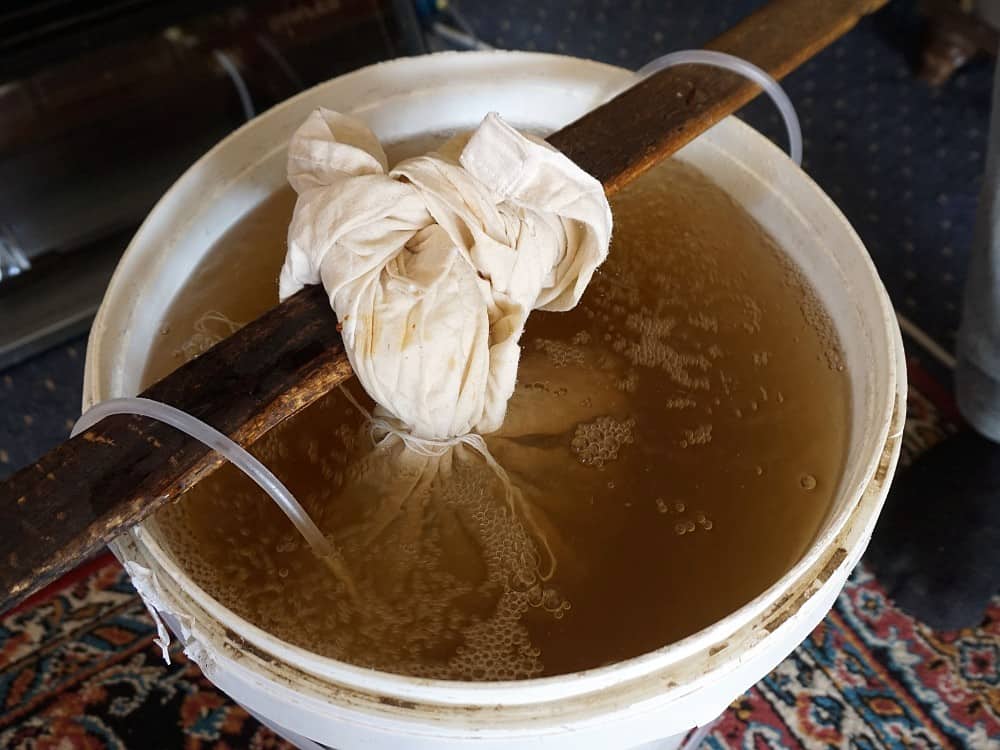
Now that we’ve covered the what and why, it’s time to stop worming around and get to the recipe.
Exactly how do you make worm tea?
The best thing about making worm poop tea is that, like regular tea, it’s cheap and easy.
A standard worm tea recipe requires four simple things:
- Worm castings: If you don’t have your own worm-filled indoor compost bin, fear not: the Internet can provide. Various websites sell inexpensive worm castings by pound.
- 5 gallon bucket
- Porous bag (i.e. panty hose, cheese cloth, or an old cotton t-shirt)
- Non-chlorinated water (i.e. distilled, rainwater, pond water… just not tap)
Then follow these easy steps to brew worm tea:
- Add the castings to the bag and tie it closed. This is your tea bag.
- Fill the bucket with non-chlorinated water and add the bag of castings. No exact ratios are necessary but a heaping cup of worm castings per gallon of water is common.
- As for how long to brew worm casting tea, just let the casting steep for an easy-to-remember 24 hours.
- Once the water turns light brown, signaling your tea is brewed, strain any stray castings out and pour into a watering can or spray bottle.
That’s all there is to it!
Making aerated worm poop tea
For an enhanced version, simply aerate the steeping process by connecting an air pump (a simple fish tank one will suffice) to the bucket and mix in a high-energy food source, such as molasses, brown sugar, honey, or syrup.
This helps feed good bacteria and stimulates microbe growth (just like when you brew your own kombucha!).
But wait, how much molasses do you put in worm tea if making it this way?
Experts recommend ⅓ ounce of molasses (or just under a tablespoon) for every gallon of water. You’ll know the process is done once you notice a little foam from the fermentation process on top.
Aerated worm tea should be used right away since storing it will significantly reduce its bacterial value.
For a step-by-step glance, watch this whole process here.
5. How To Use Worm Tea
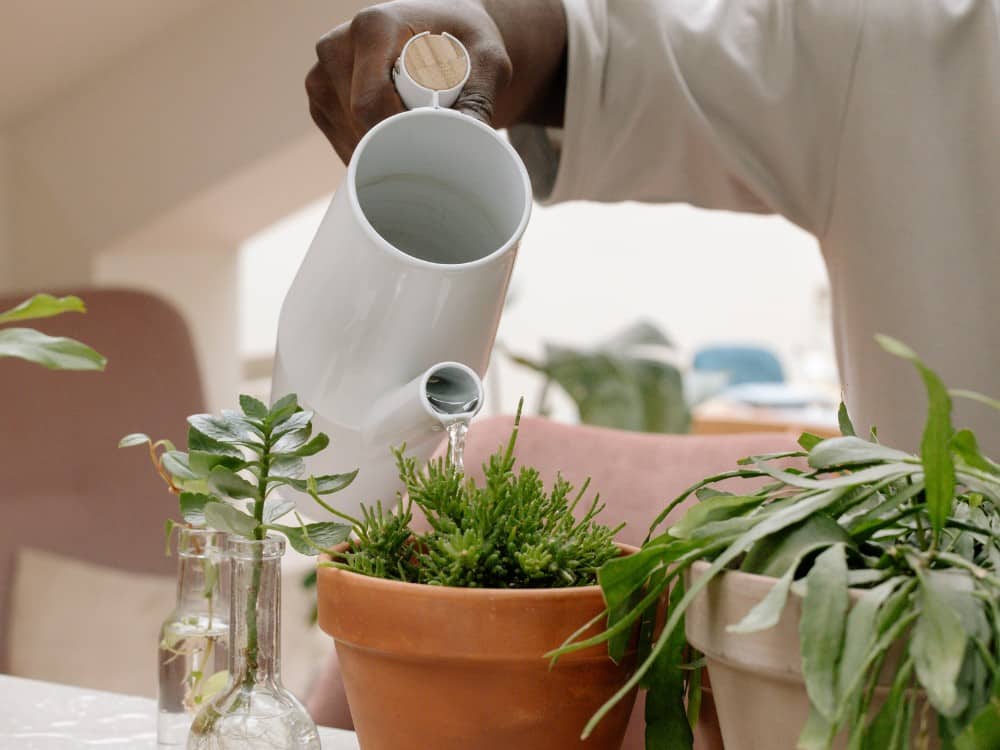
Making compost tea with worm castings is step one. Next, you need to actually use it.
What is the ratio of worm tea to water when feeding plants?
Before you water your plants with your fresh pot of worm casting tea, you’ll want to dilute it with non-chlorinated water—since you’re effectively feeding and watering your plants at the same time.
Because worm tea is a safe fertilizer with very low risk of harming your plants if applied in incorrect doses, there is no one proper recommended amount of worm tea dilution.
Expert gardeners typically recommend a 1:1 tea to water ratio for standard worm tea and a 1:3 for more potent, aerated worm tea.
While it is almost impossible to kill your plants with too much worm tea, there’s no sense in applying highly concentrated doses, because plants can only absorb so many nutrients at once. The rest of your hard steeping work will just go to waste.
It would be very hard to apply enough worm tea to harm your plants. In general, the nutrient concentrations are low enough that they do not pose a problem. Fertilizer burn is highly unlikely.
How often should you use worm tea?
How often you use worm tea varies by plant type, soil health, and growing zone.
Most people recommend feeding houseplants with it every 10-14 days.
Plants with a higher growth rate, shorter growing season, and demand (like vegetables, herbs, and other producing plants) can be fed at least once a week.
But again, because there isn’t really such a thing as too much worm tea, there is no exact right time frame.
As long as you are letting your soil properly dry out in between watering (especially drought-preferring plants like cacti and succulents), you won’t harm your plants with more frequent application.
How long does worm tea last?
If you’ve made aerated worm tea, it won’t last more than a couple of days.
Non-aerated worm castings tea, however, can be left for up to three months.
Did you know we Have a Newsletter?
We cover the latest in sustainable living, fashion, zero waste, beauty, travel, finance and more…
Final Thoughts On Worm Compost Tea
If you’re just getting into worm tea gardening, urine for a wonderful surprise.
Like the benefits of composting, the benefits of worm tea are almost endless—for your plants, the soil, and (as an eco-friendly way to dispose of organic waste that would otherwise fill landfills) the planet.
As Simple Grow Soil aptly puts it, worm tea is the “Swiss Army knife of plant food”. It has a little bit of everything and you can always trust it to work.
If you have some friends who are looking to take their apartment gardening to the next level, worm this guide on how to make worm casting tea into their inbox.
Pin these:
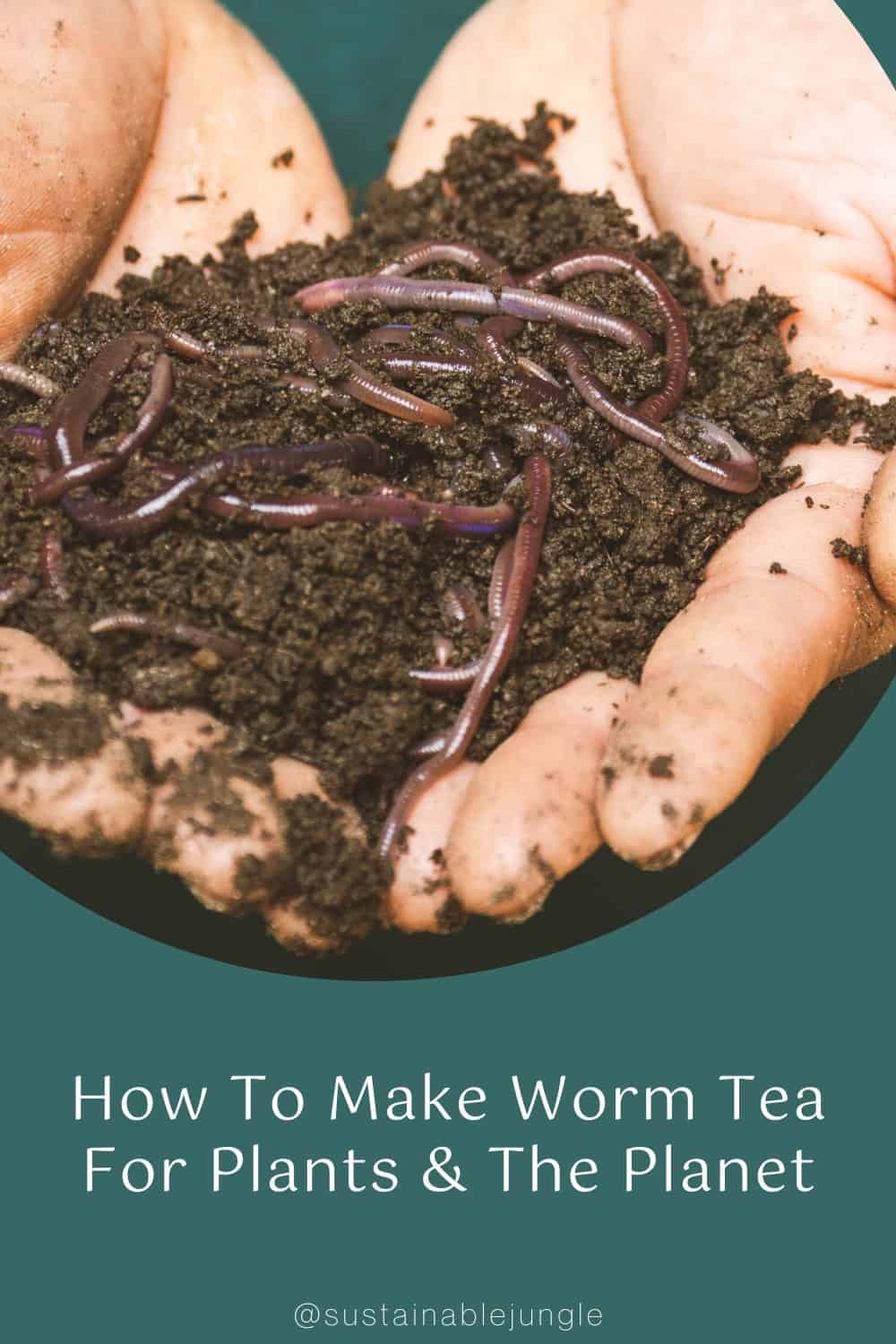
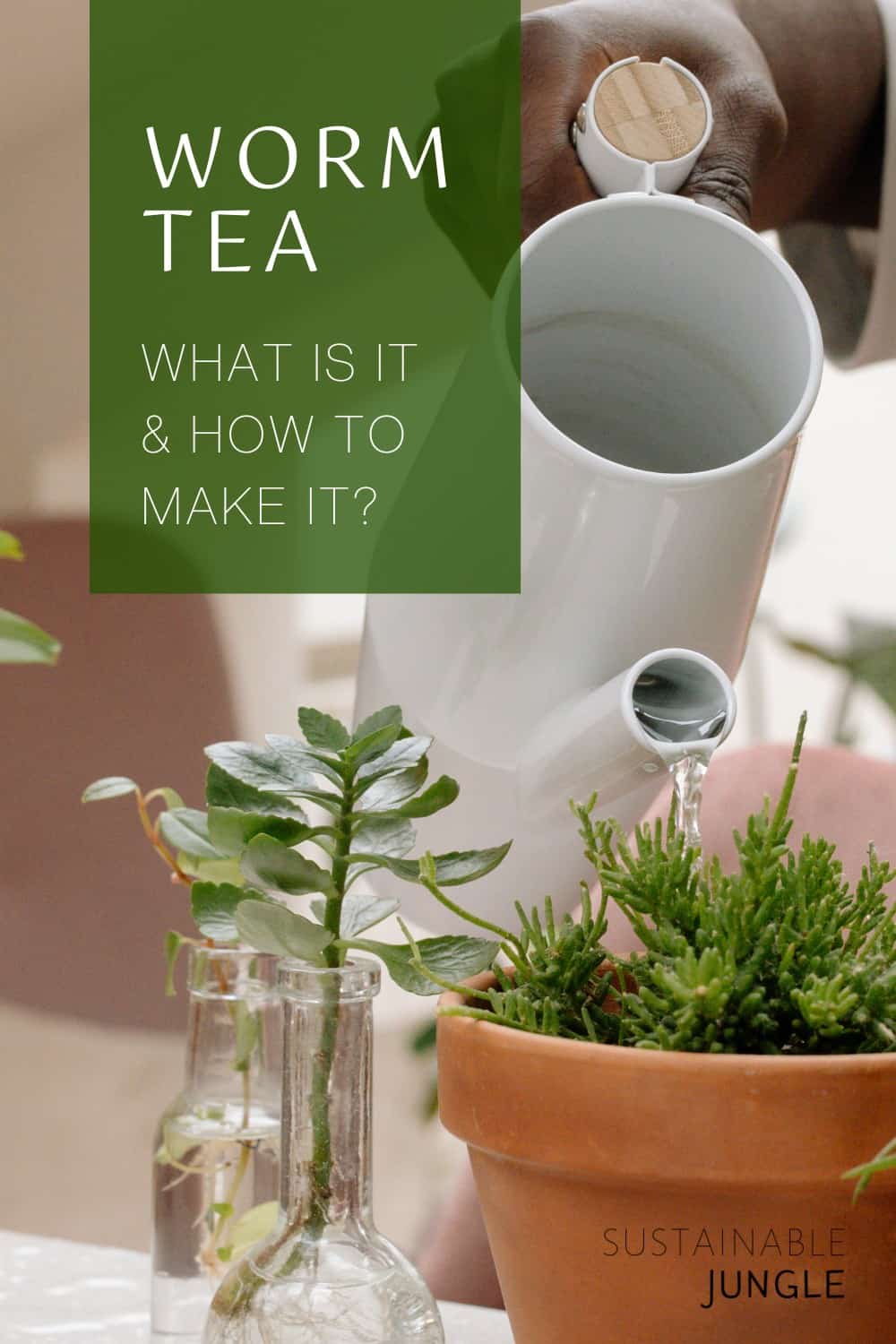

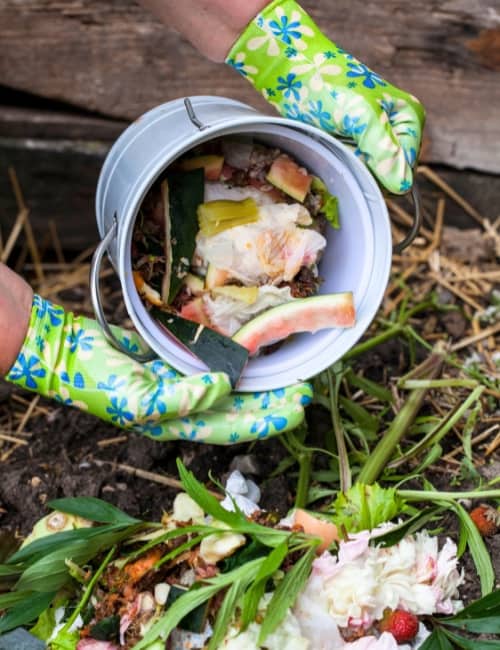
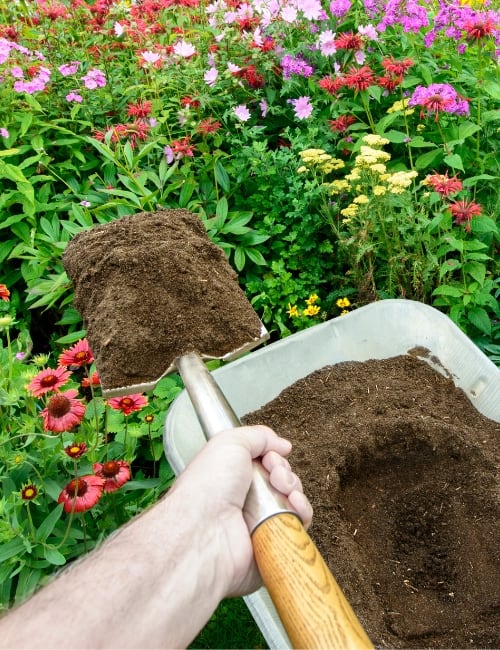

I do just the same as Kevin. I will be bringing some to Wetherby Town Hall next Saturday (28th Jan 2023)
Hi Guys
I have 3 worm farms with 3 levels to each one. Although I am unable to count the worms I started with 25 red wrigglers and have probably 2000+ now. 3 years of farming. I run water through my castings and catch it in the bottom tray to be tapped off later. This has been used by myself and several customers for ages now and the results are amazing.
I’ve learnt a few things over time.
1 Don’t use Tap Water as the fluoride negates the effectiveness of the Tea.
2 You can store it in bottles if you keep it in a dark cool place.
3 Mix in a ratio of 10 to 1 for best results.
There are many opinions and expert beliefs out there but when it comes down to it, if it works don’t knock it.
Ciao
So helpful thanks so much for the comment Kevin!!